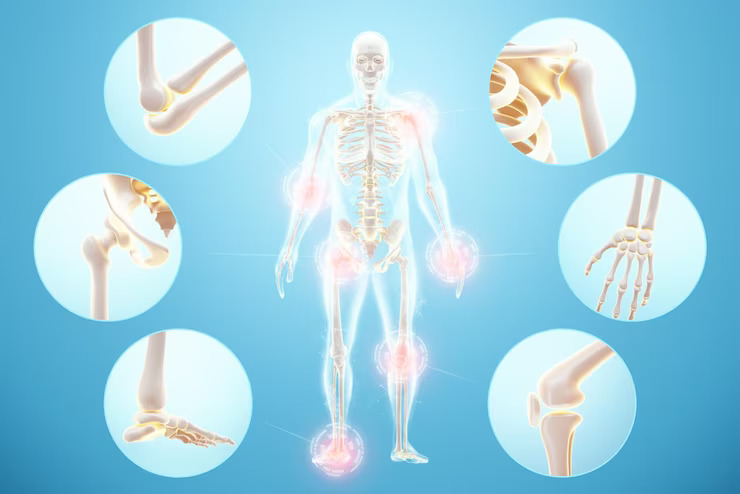
Platelet Rich Plasma (PRP)
A cutting-edge medical procedure called platelet-rich plasma (PRP) therapy uses the body’s innate healing capabilities. This cutting-edge method involves drawing out concentrated, growth factor-rich platelets from the patient’s own blood. PRP is useful for a variety of illnesses including tendon injuries, arthritis, and soft tissue injury because it accelerates rapid healing when injected into damaged tissues. A minimally invasive, non-surgical method with less recovery time is PRP Therapy. It’s a cutting-edge choice for those looking to reduce discomfort and hasten healing. Count on our experience for comprehensive Platelet-Rich Plasma Therapy that will accelerate your road to recovery and wellness.
Conditions Treated
- A less invasive technique for healing soft tissues
- Quickening the healing process for tendon damage
- PRP treatment for conditions associated to arthritis
Emergency?
24 Hour Ready
Call Us for Emergency
+91-9828501360
Book an Appointment
Seamless Fitness Care Access: Booking an Appointment with Your
Trusted Doctor
Platelet Rich Plasma FAQ's
PRP therapy is a medical procedure that involves drawing a small amount of a patient’s blood, processing it to separate the platelets, and then injecting the concentrated platelet-rich plasma into an injured area to promote healing and tissue repair.
PRP therapy is used for a variety of conditions, including musculoskeletal injuries (e.g., tendonitis, ligament injuries, osteoarthritis), hair loss, and chronic wounds. PRP therapy is typically through an injection directly into the site of injury or damage. In some cases, it may be used topically during surgery. Discomfort during the procedure is generally minimal. Some patients may experience mild pain or soreness at the injection site, which usually subsides within a few days. A typical PRP therapy session, including blood draw and processing, usually takes around 45 minutes to an hour.
The recovery process is generally quick, and many patients can resume normal activities the same day. However, it’s essential to follow post-procedure instructions provided by the healthcare provider, which may include rest and avoiding strenuous activities.